Timber Lamination is joining of timbers along their length in numerous layers which greatly increases its strength and stability.
With the increase in adhesive technology the timber industry has been able to produce laminated timber that is far stronger than the original and with regards to wooden gates it remains straight and true which is a real asset when it comes to a pair of gates.
The process by which this timber is produced involves the use of modern adhesives which will outlast the timber itself, which means that the adhesive is not going to fail and your wooden gates fall apart.
By the application of pressure in large laminating clamps, sections of warped and quite often twisted timber can be processed to produce a piece of timber which clear of major faults and far stronger and more stable than its solid original.
So how is this a benefit for wooden gates ?
Quite often gates will be subject to dry or wet conditions on one side of the wooden gates, or the timber has been “centre cut” which produces an unstable length of timber subject not only to warps but also a phenomenon know as cupping and the production of cracks down the timber length known as “shakes”
This is very awkward in wooden gates as the two leaves will not meet up very well in the middle and the whole structure starts to come out of square, and the shakes tend to look unsightly.
Lamination prevents the majority of this occurring, it is like all things not guaranteed but the incidence of warp and twist in timber laminates is very small.
This is good news for the production of wooden gates, the gates tend to keep their shape, faults can hidden from view which means that timber that would have to be thrown away can now be used keeping costs down.
